 |
 |
 |
 |
 |
 |
 |
 |
| |
“Hi Ron, Thank you for sharing the photos of Boudicca's cruise around the Med. We just want to say how much your talks enhanced the trip for us. In fact, hand on heart, we can say that we will never forget the exploits of Detective Inspector Corinthian or the mounting body count. We hope to travel again with you someday!”
Bob and Anne
"Just a brief note of thanks following your series of talks aboard the Adonia, which my wife and I enjoyed hugely. You were both engaging and entertaining."
Dewi
" ……… your talk on Pompeii was perfect prior to our visit, the photos, graphics and your humour really brought it alive."
Alex – Viking Sea
Great to meet you on such a wonderful cruise around the Med. I wanted to say how much I loved your talks; you really brought the places alive showing what they originally looked like and that made them that much more interesting when we visited them. Also loved the background information you told us when telling us the history. Loved your humour also.
Dave - Borealis
| |
|
|
 |
 |
|
Europe & the Mediterranean
Talks can be delivered which relate to the following countries:
England, France, Spain, Italy, Greece & Islands, Croatia, Turkey, Malta, Monaco.
See below for the talks that are available for each of the above locations.
To learn more about the sites or buildings shown on this page you can visit the Famous Historic Buildings website produced by Ron. This provides an overview of the sites or buildings talked about and contains information about them and includes some of the photographs used by Ron in his talks.
England
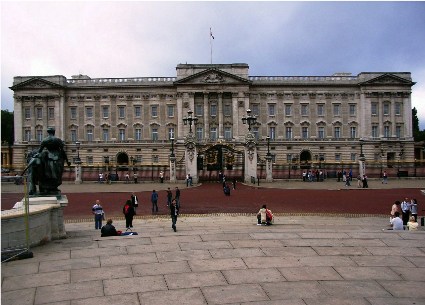 |
|
Buckingham Palace - London
Acquired by George III in 1762 it has been the home and office of the British Monarch since 1837. In this talk, Ron looks at the history, architecture, and design of the palace and takes you inside to look around the State Rooms. LEARN MORE
|
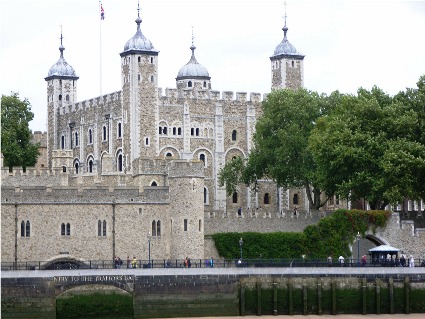 |
|
Tower of London
In its 1000 years history, it has been a citadel, palace, prison, and treasury. Ron guides you around the site, traces its development, and looks at some of the historical events that have occurred there. LEARN MORE
|
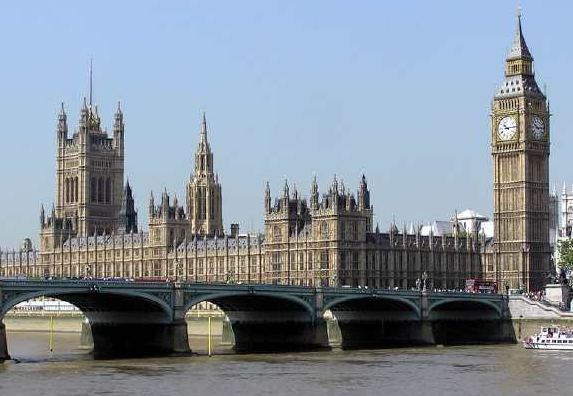 |
|
Palace of Westminster (Houses of Parliament) - London
Dating back to the middle of the 11th century it served as the residence of the British Monarch until the 16th century. Destroyed by fire in 1834 it was rebuilt with over 1000 rooms. It has been the seat of the two houses of the British Parliament since 1512. In this talk, Ron looks at its history and architecture and the traditions that have been built up over the years. LEARN MORE
|
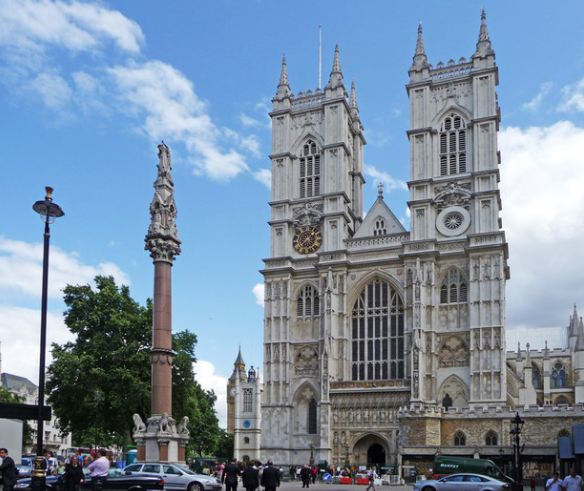 |
|
Westminster Abbey - London
Westminster Abbey started as a Benedictine monastery during the 10th century. It became a Royal church during the reign of King Edward the Confessor and underwent significant development during the reign of Henry III in the 13th century. The abbey contains the tombs of seventeen monarchs and many distinguished musicians, writers, scientists, and political figures. In this talk, Ron looks at the building, its contents, and the many famous people associated with it. LEARN MORE
|
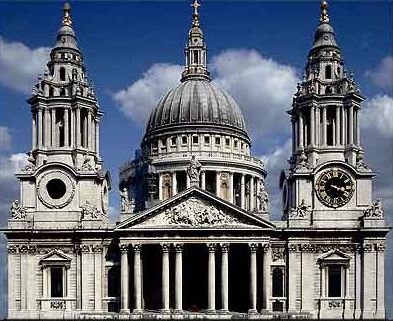 |
|
St Paul's Cathedral - London
Built by Sir Christopher Wren to replace the cathedral destroyed by the Great Fire of London in 1666. It was inspired by the Duomo of Florence and St Peters Basilica in Rome. Today it is one of London’s most popular tourist attractions and in this talk, Ron looks at the history of this and previous cathedrals on the site and the current ones design and construction. LEARN MORE
|
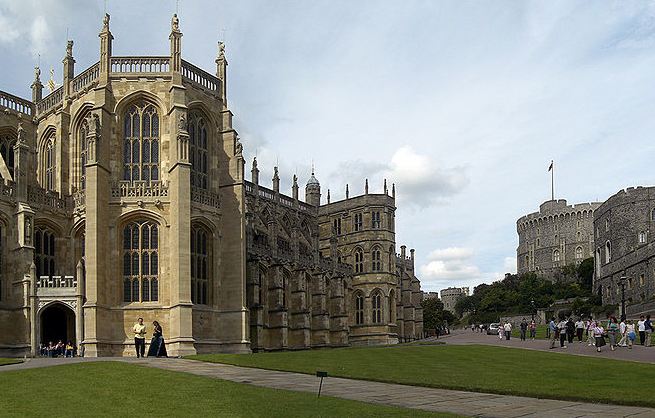 |
|
Windsor Castle - Windsor
Dating back over 1000 years, it is the largest inhabited castle in the world. In this talk, Ron looks at the requirements of a castle and some of the events that occurred here to shape the course of British history. LEARN MORE
|
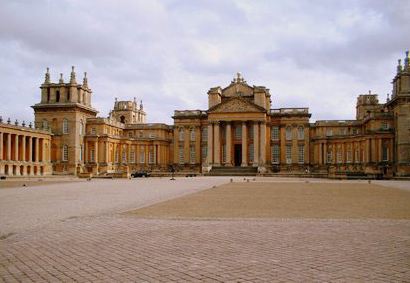 |
|
Blenheim Palace - Oxfordshire
Presented to John Churchill, the First Duke of Marlborough in the early 1700s as a gift from the Nation for his military triumph against the French and Bavarians at the battle of Blenheim; it is one of England’s largest houses and the birthplace of Winston Churchill. In this talk, Ron looks at the Palace and the lives of some of the people who lived there and their influence on history.
|
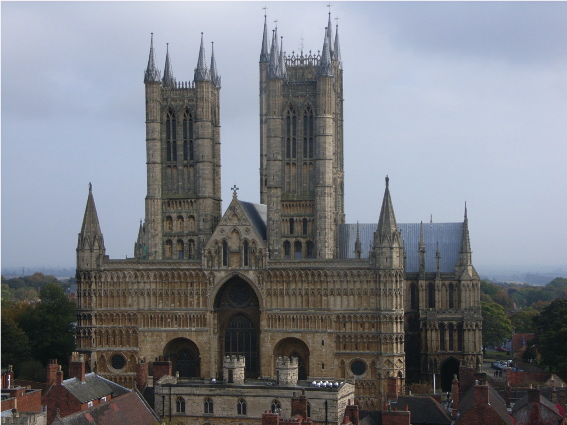 |
|
Lincoln Cathedral
Built on the orders of William the Conqueror in 1072, it has been destroyed by fire and earthquake to be rebuilt to become one of the finest Gothic buildings in Europe. In 1300 it became the tallest building in the world until the collapse of its central spire in 1549. In this talk, Ron guides you around the building and its architecture and looks at its history and the conservation work that is needed to maintain it. LEARN MORE
|
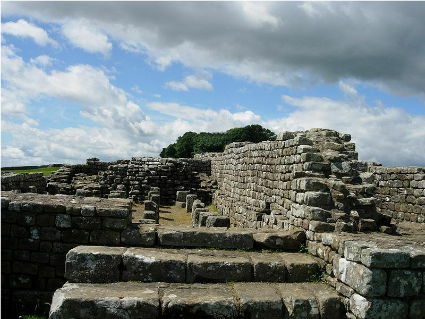 |
|
Hadrian’s Wall - North of England
Built by Emperor Hadrian in 122AD, it marked the edge of the Roman Empire. Build from stone and turf, the stone sections measured over 9ft wide and up to 20 ft high and it stretched for 74 miles with forts along its length. In this talk, Ron looks at the background to its construction and what life would have been like for those who built and manned it.
|
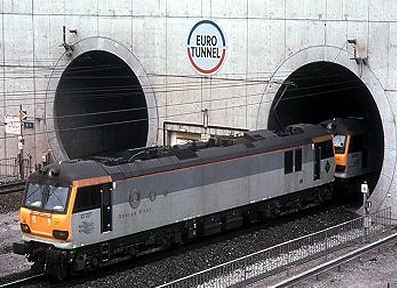 |
|
Channel Tunnel - England/France
Opened for use in 1994 it joins England and France with a high-speed rail link. Stretching 50km it has 23 km 45m below sea level. In this talk, Ron will explain the way it was constructed and the problems that were overcome in order to create one of the greatest feats of engineering. |
France
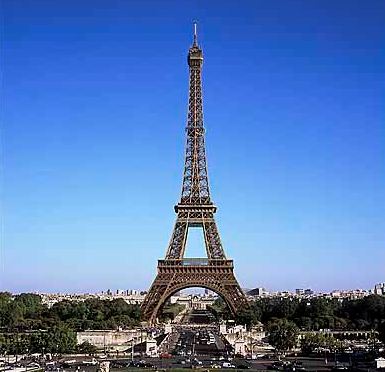 |
|
Eiffel Tower - Paris
Since its completion in 1889, it has become the most visited paid monument in the world. Standing 1,063 ft high it is one of the most recognizable structures in the world and has become the icon of a city and nation. In this talk, Ron looks at how it was constructed and key events in its history.
|
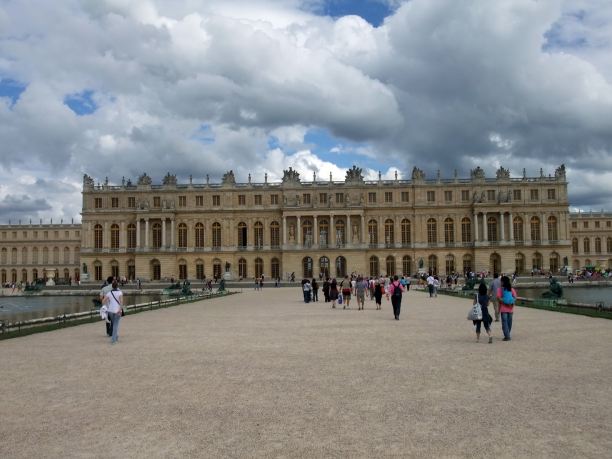 |
|
Palace of Versailles - Paris
From 1682, when King Louis XIV moved from Paris, until his return to the capital in 1789, the Court of Versailles was the centre of power in France as well as the home of the French Royal Family. In this talk, Ron looks at the palace and the events in history for which it is famous. |
Monaco
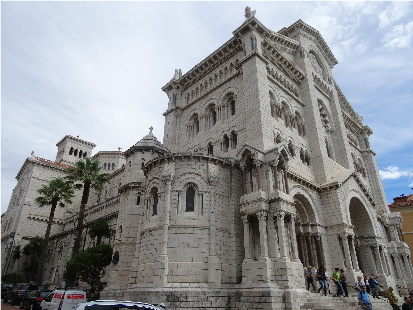
|
|
The Cathedral of Monaco (St Nicholas Cathedral) - Monte Carlo
Built in 1875 on the site of a 13th-century church dedicated to Saint Nicolas. Constructed in the Roman-Byzantine style it has been used as the burial place for the Grimaldi Princes of Monaco including Prince Rainier III and Princess Grace the former American actress Grace Kelly. In this talk, Ron looks at the history of the cathedral and its architecture, and its ties to the Grimaldi family which has ruled the Principality of Monaco for over 700 years. LEARN MORE |
Spain
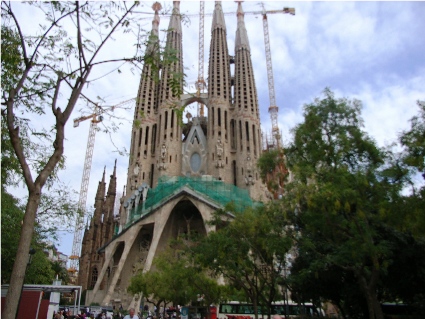 |
|
Sagrada Familia - Barcelona
The surrealist architecture of Gaudi’s unfinished church. Started in 1882, work is expected to continue until 2026. In this talk, Ron will look at the design and the designer and track the progress of the work that is being done today. LEARN MORE
|
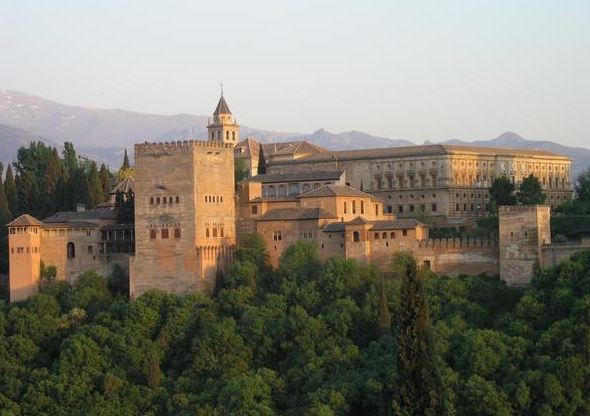 |
|
Alhambra Palace - Granada.
The Alhambra Palace and fortress complex dates back to the 9th century though started to take its present form under Yusuf I and Mohammed V during the 14th century when the Moors ruled North Africa and Spain. Despite being partly destroyed in the 18th century it is one of Spain's finest examples of Islamic architecture. In this talk, Ron looks at its history and architecture. LEARN MORE
|
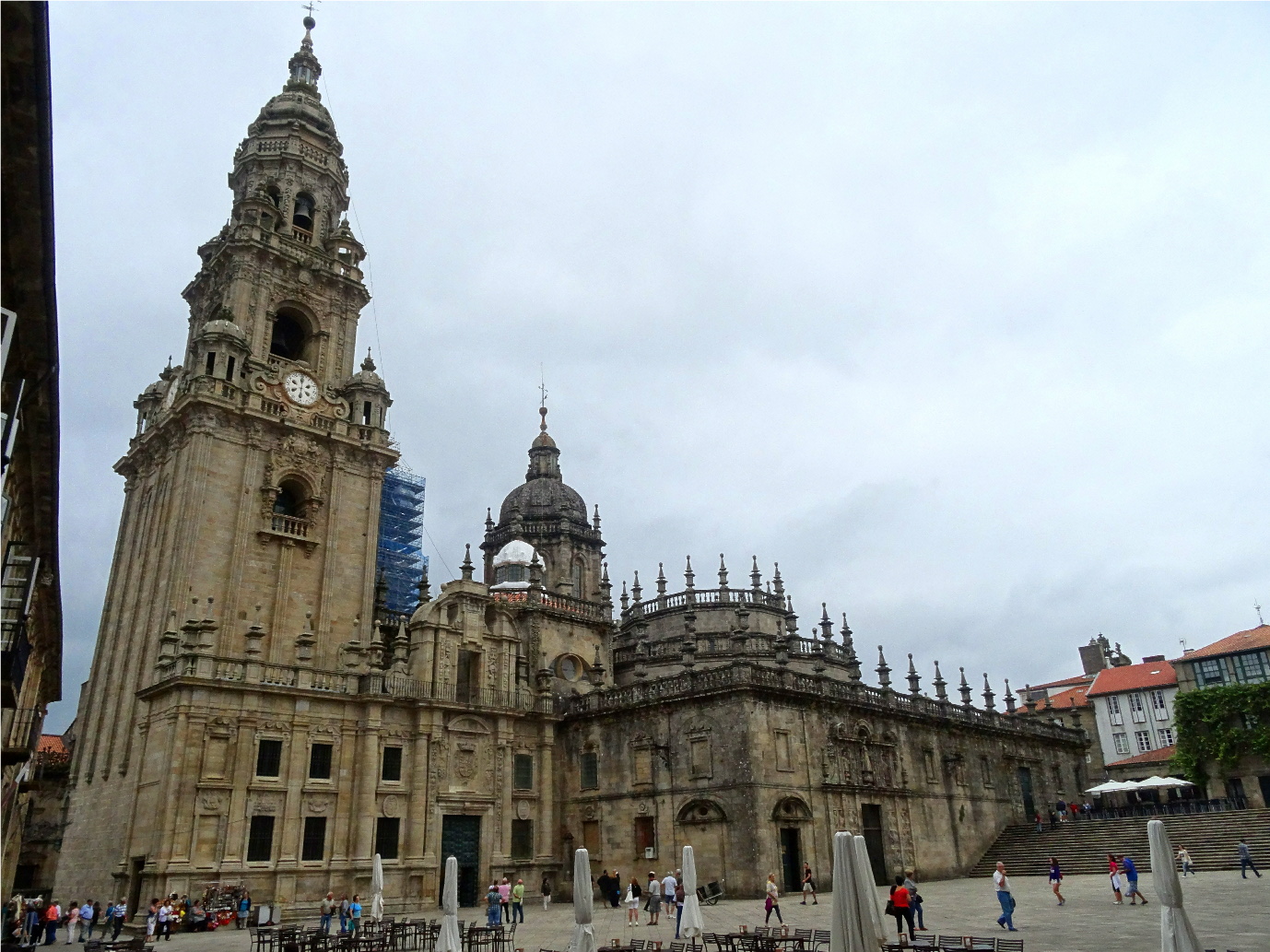 |
|
The Cathedral - Santiago de Compostela
Holding the remains of St James in a silver casket below its floor, the Cathedral of Santiago de Compostella has been the 3rd most important site of Christian pilgrimage since the 12th century. In this talk, Ron looks around the cathedral explaining its features, its history, and the draw it has on Christians’. LEARN MORE
|
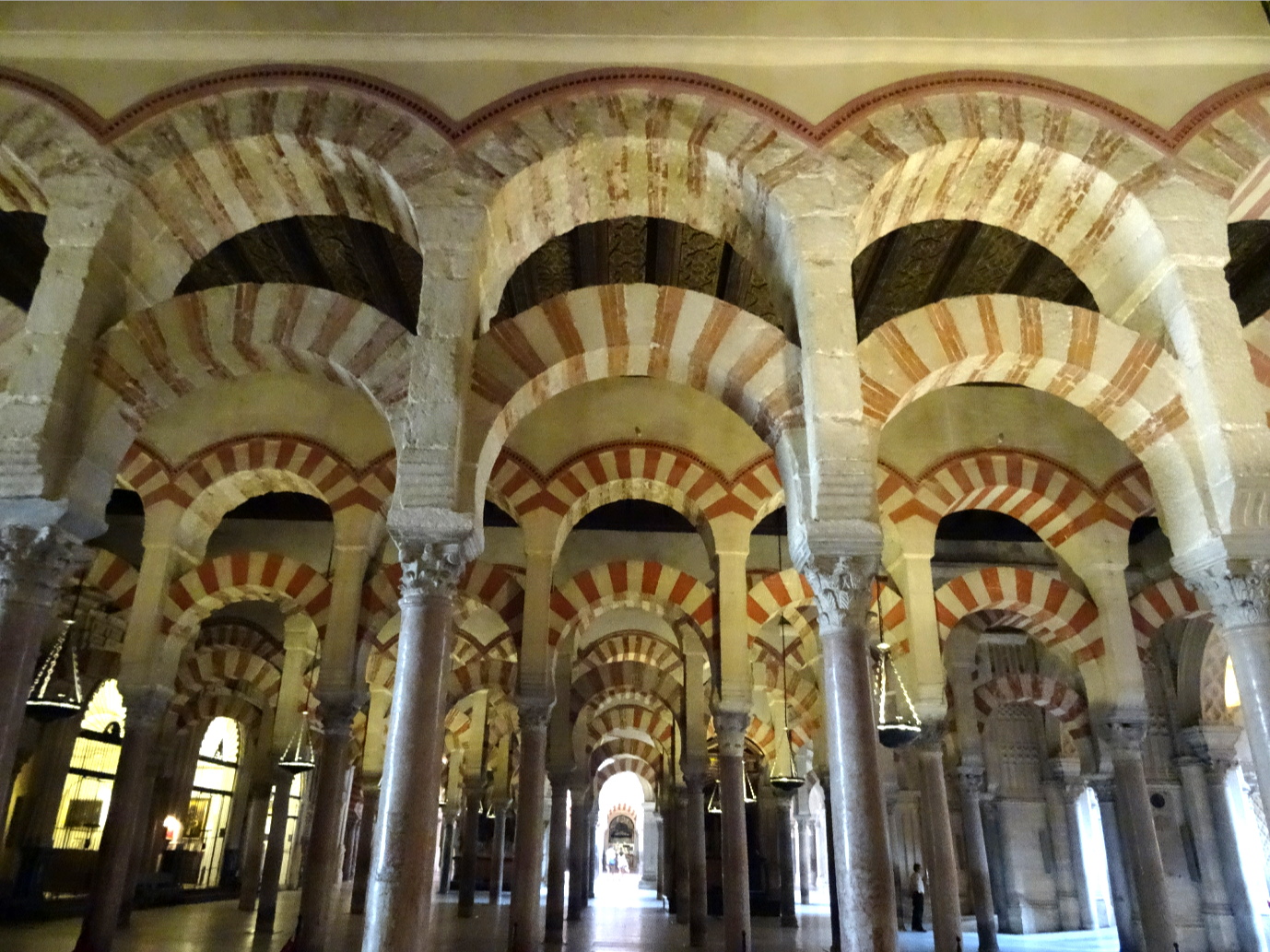
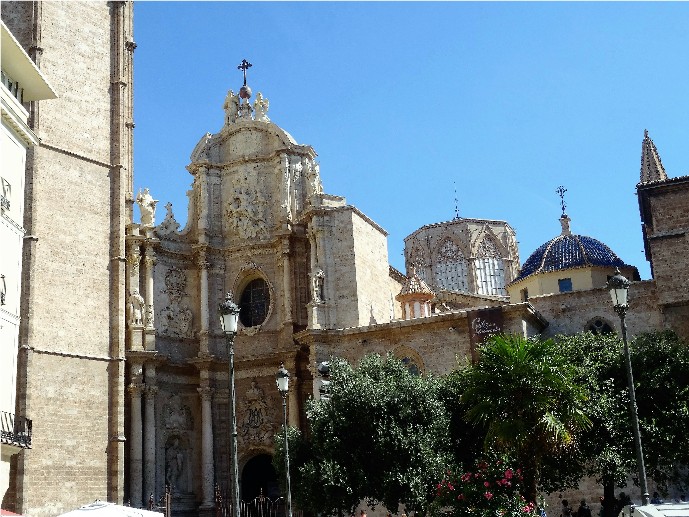
|
|
The Mosque-Cathedral - Cordoba
The Mosque of Cordoba is one of the largest in the world and the only remaining one in Spain from the days of the Moors. The Mosque was converted from a church and then back again to a Christian Cathedral but retained its architectural features. In this talk, Ron looks at the building and its history. LEARN MORE
Cathedral of the Holy Chalice - Valencia
Valencia’s Cathedral of the Holy Chalice was built between 1252 and 1482 in the Gothic style, on the site that was previously a Roman temple, a Visigoth cathedral, and an 8th-century Mosque. It contains the challis, which is said to be The Holy Grail, the cup used at the Last Supper. In this talk, Ron looks at the building and explores the stories attached to it. LEARN MORE
|
Mallorca
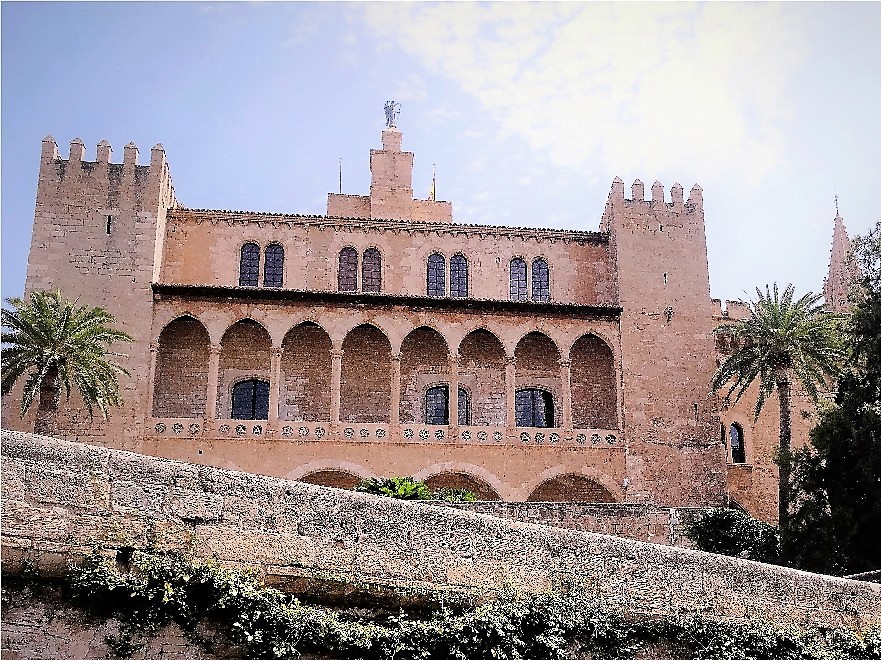
|
|
Almudaina Palace - Palma
Built on the site of a Roman fort the palace dates back to 903 when it was the residence of the Moorish rulers of Mallorca. In 1229, Mallorca was captured by King James I of Aragon and the Palace became the town residence of the Mallorcan Kings. King James I then set about the construction of the Palma Cathedral just across from the palace in order to make the statement that Christianity had replaced Islam as the dominant religion of the area. In this talk, Ron looks at the history of the palace and takes the audience on a virtual tour of the palace's rooms. LEARN MORE |
Italy
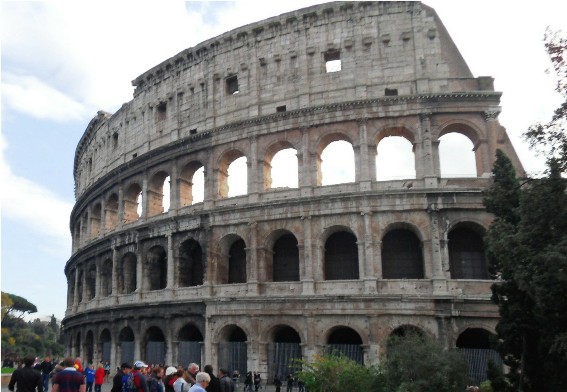 |
|
Colosseum - Rome
Built by the Roman Emperor Vespasian in 70 AD on the site of Nero’s Golden Palace it became known as Rome's arena of death, where for four and a half centuries animals and people were sacrificed in the name of entertainment. In this talk, Ron will look at the building, how it functioned, and the events that led up to its construction. LEARN MORE
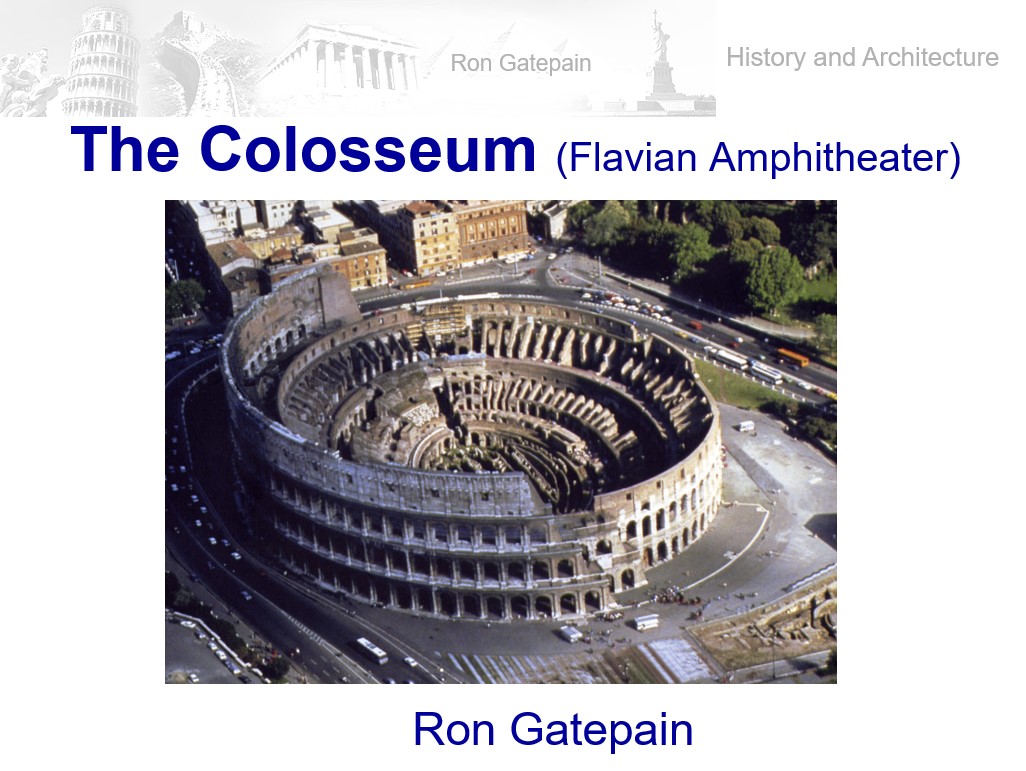
Click to play presentation
|
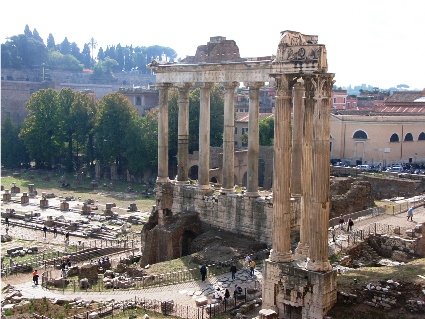 |
|
Roman Forum - Rome
The Roman Forum is located between the Palatine and Capitoline hill and was the centre of political and social activity. It included temples, the senate house, and law courts. In this talk, Ron looks at the buildings, their use, and the history connected to them. LEARN MORE
|
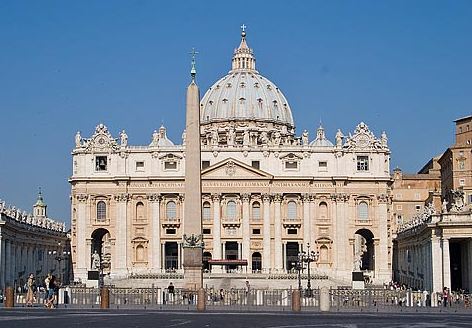 |
|
St Peters Basilica - Rome
Located within the Vatican City it is the greatest of all the churches of Christendom and the burial site of St Peter. In this talk, Ron looks at the Basilica and why it is such a major draw to tourists. LEARN MORE
|
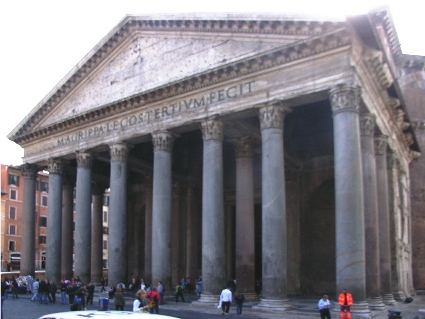 |
|
Pantheon - Rome
Built as a Temple by Emperor Hadrian and dedicated to all the Roman gods, it is the best preserved of all Roman buildings and is now used as a Christian church. It is the oldest standing domed structure in Rome and has a height to the oculus of 142 ft, the same as the diameter of the interior circle, and was for many years the largest domed building. Ron will explain its history and how it was constructed without the use of modern building methods. LEARN MORE
|
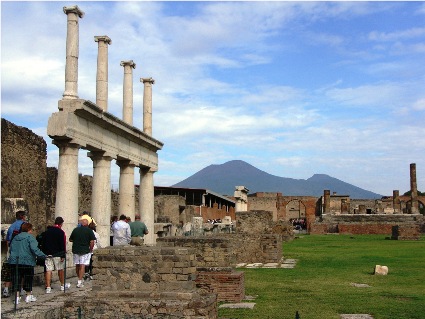 |
|
Pompeii
Rediscovered in 1748 from under many meters of ash and pumice, Pompeii provides an insight into the lives of the ancient Romans preserved by the eruption of Vesuvius in 79AD. Ron will take you on a guided tour to look at some of the buildings and learn about the lives of its citizens, how they lived, and how they died. LEARN MORE
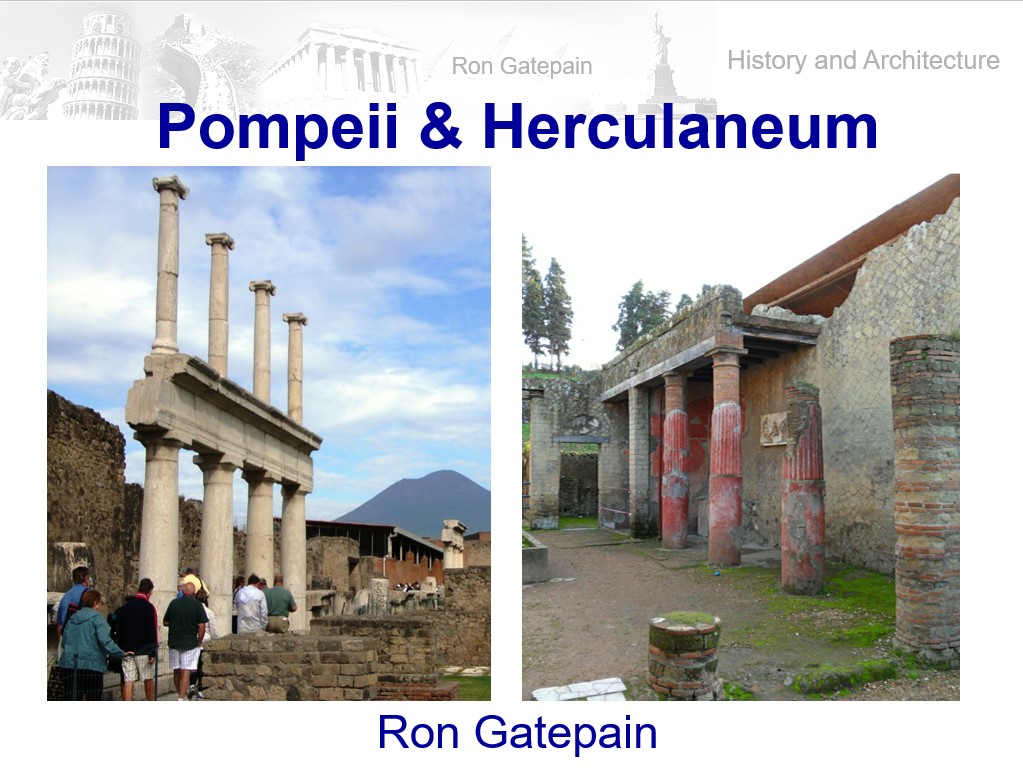
Click to play presentation
|
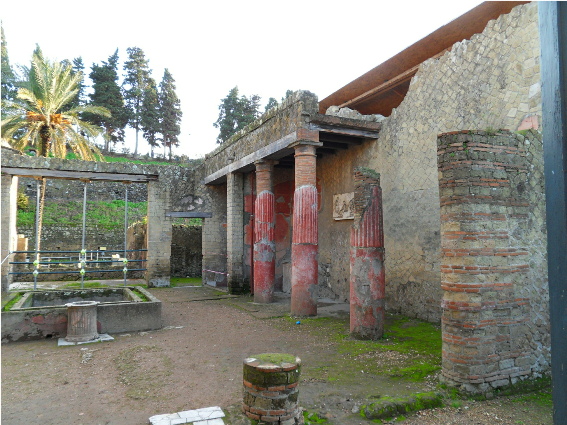 |
|
Herculaneum
Herculaneum was a seaside resort for the wealthy and contained many elegant residences as well as businesses and facilities to provide for them. All were covered during a succession of pyroclastic surges which occurred with the eruption of Mount Vesuvius in 79 AD hiding it beneath 20 meters of lava, mud, and ash. In this talk, Ron takes you on a virtual tour to explain the buildings and the excavations. LEARN MORE
|
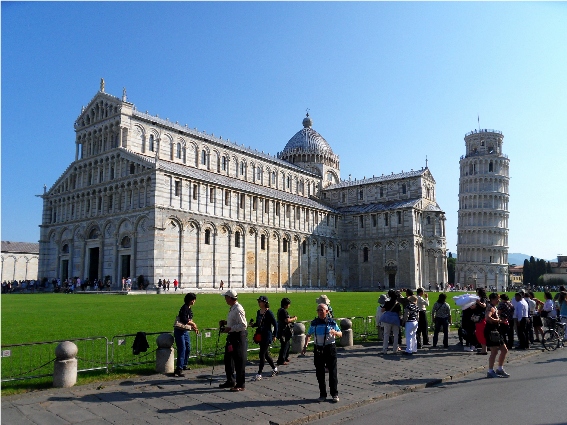 |
|
Leaning Tower of Pisa
The Campanile (Bell Tower) of the cathedral of Pisa. Intended to stand vertically, the tower began leaning soon after construction began in 1173. In this talk, Ron will look at the Cathedral Group, which includes the tower, and discuss why it leans and the work that has been needed to prevent it from toppling. LEARN MORE
|
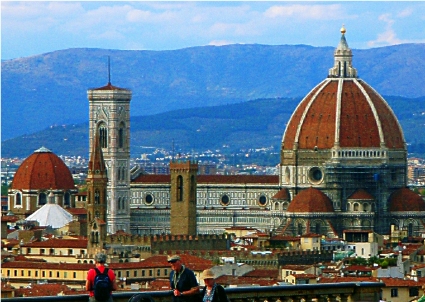 |
|
Basilica di Santa Maria del Fiore (Duomo) – Florence
The cathedral church is notable for its dome and is one of the lasting symbols of the Italian Renaissance. Ron looks at the events that caused it to be built; the rivalry between its builders and at its construction. He takes you up into the dome to see the marvels of its design and how it defied gravity. LEARN MORE
|
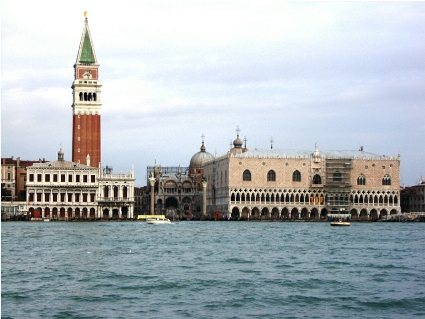 |
|
Doge’s Palace - Venice
The building, which marked the foundation of Venice as a city, was largely constructed between 1309 to 1424, to replace earlier fortified buildings on the site. As well as being the ducal residence, the palace housed the government of the Republic of Venice. Badly damaged by fire in 1574 it was rebuilt in the original Gothic style though incorporates the classical Bridge of Sighs which links the palace to the prison. In this talk, Ron takes a look at the Palace, its history, design, and some of its treasures. LEARN MORE |
Pompeii & Herculaneum
Rediscovered from under many meters of ash and pumice, Pompeii and Herculaneum provide an insight into the lives of the ancient Romans preserved by the eruption of Vesuvius in 79AD. Ron will take you on a guided tour to look at some of the buildings and learn about the lives of its citizens, how they lived, and how they died. This talk combines the two sites in one presentation.
|
The Glory that was Rome
The story of Rome is conveyed by three of its most famous building works. The Roman Forum; The Colosseum and The Pantheon. In this talk, Ron introduces you to the buildings and the people who made Rome the important city it was. This talk combines the three sites in one presentation. |
Greece
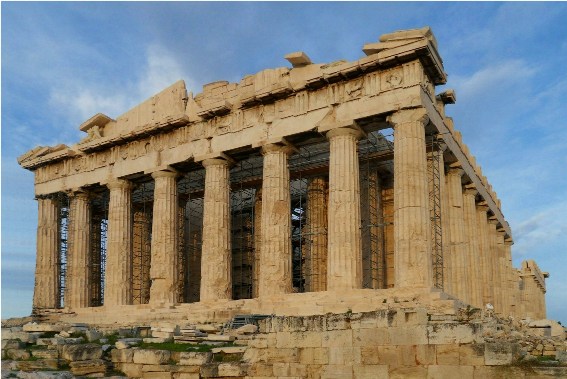 |
|
Acropolis - Athens
The Acropolis marked the highlight of Greek achievement and is seen as the symbol of a civilization that gave us democracy. Its magnificent buildings and its architecture have had an influence throughout the ages and are still imitated today. In this talk, Ron will look at the history behind the building, its construction, and its use. LEARN MORE
|
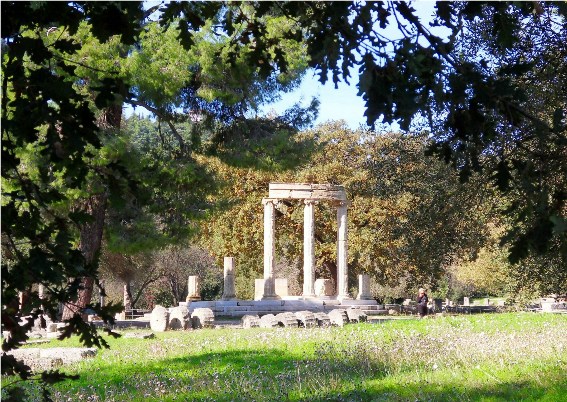 |
|
Olympia
Renowned as the site of the ancient Olympic Games celebrated every four years by the Greeks starting in 776 BC and ran up to the end of the 4th century AD, an event which resulted in the cessation of all hostilities for the duration of the games. Olympia was purely a venue for the games with the buildings associated with their functioning and the worship of the gods. In this talk, Ron will look at the site and the games themselves, and the findings that the excavations carried out here since 1829 have found. LEARN MORE
|
 |
|
Delphi
Believed by the ancient Greeks to be the centre of the world it was the location of the eternal flame. It was here that the most important oracle of the classical Greek world resided and where city-states would consult to receive the prophecies of the Gods. In this talk, Ron looks at the site as it is today and what it would have been like in antiquity. LEARN MORE |
|
|
|
Crete
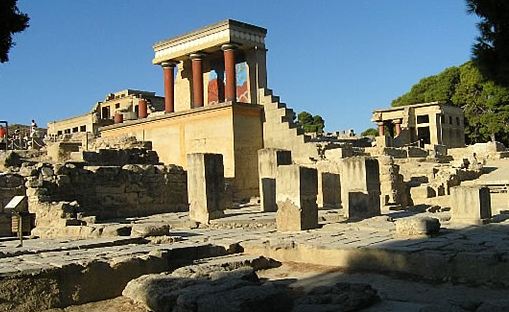
|
|
Palace of Knossos
The magnificent palace complex was constructed around 1,900BC, it was the administrative and religious centre of the Minoan kingdom. Under King Minos, it became famed in mythology when his wife gave birth to the Minotaur, a half-man, half-bull creature that was imprisoned in the labyrinth to which virgins from Athens were delivered as sacrifices until it was slain by Theseus. In this talk, Ron explores the mythology and history of the site and looks at it as it is today. LEARN MORE |
Corfu
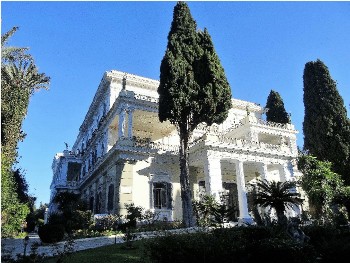
|
|
Achilleion Palace - Corfu
Achilleion Palace was built by Empress Elizabeth of Austria, the wife of Emperor Franz Joseph I, in 1890, following the death of her son Crown Prince Rudolf of Austria. The palace was designed to represent an ancient Phaeacian palace with the mythical hero Achilles as its central theme. In this talk, Ron looks at the events that led up to its construction and takes a virtual tour around the palace. LEARN MORE |
Rhodes
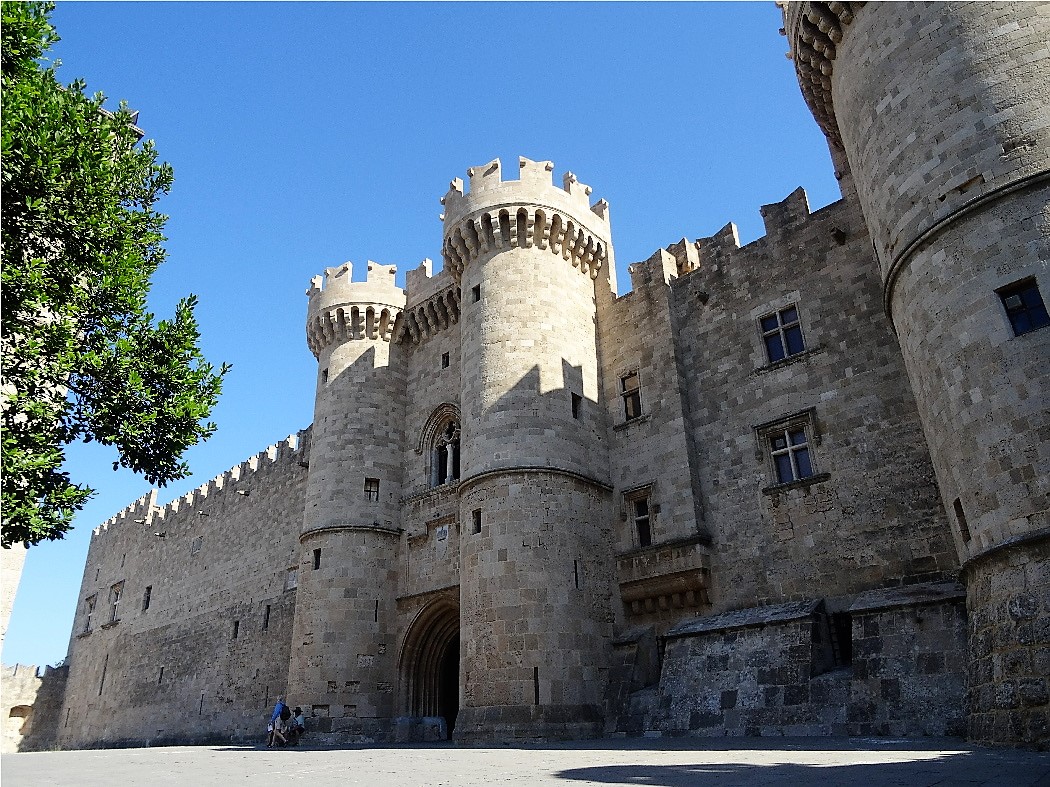
|
|
Palace of the Grand Master
Originally the site of the Byzantine citadel of Rhodes, constructed in the 7th century, the building was incorporated into a palace by the Order of the Knights of St John when they acquired Rhodes in 1309. The Order ruled Rhodes as an independent state for over two centuries developing the palace until the Island came under siege by the Turks in 1522. This resulted in the Order being forced to capitulate and leave the island. In this talk, Ron looks at is history and takes a tour of the building, which was extensively restored by Mussolini in the 20th century. LEARN MORE
|
Mykonos
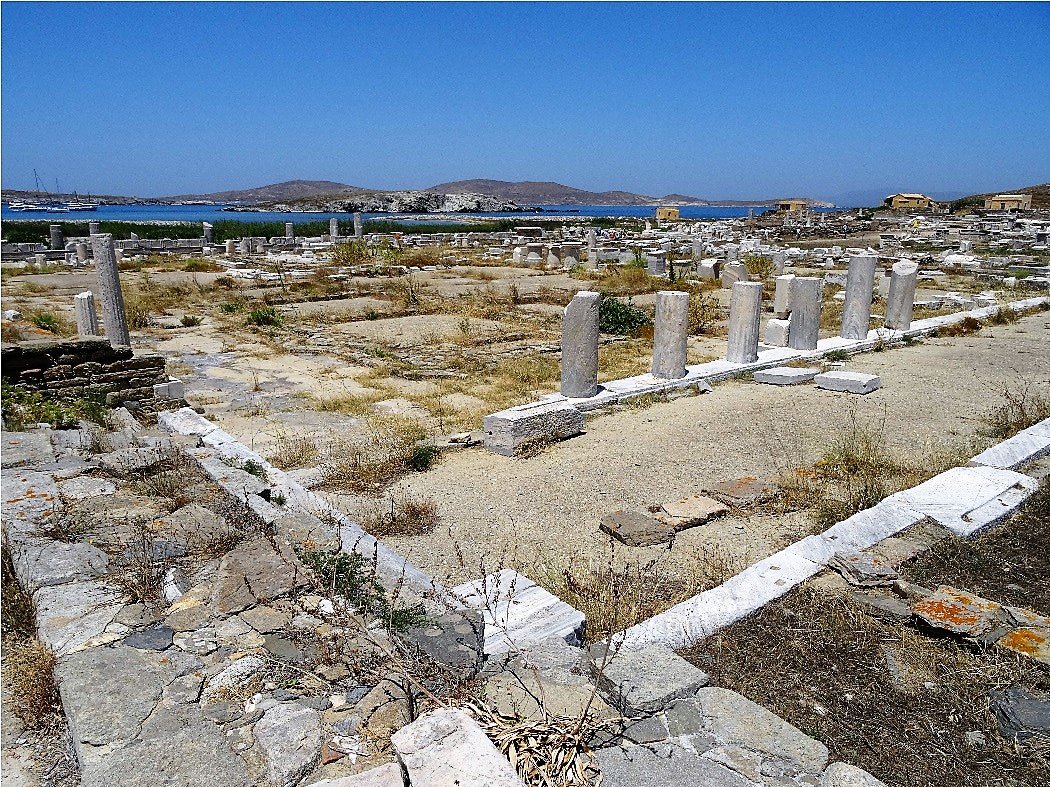
|
|
Delos
According to Greek mythology, Delos was the birthplace of the god Apollo and his sister Artemis. A small rocky island, it has been habited since 2,500 BC. In the 9th century BCE, it became a sanctuary to Apollo and one of the most sacred places to the ancient Greeks. Its importance grew when in 167 BC it was declared a free port and it prospered until 88 BC when attacked and looted by the King of Pontus. In 69 BC it was attacked by pirates after which it was abandoned and fell into decline. In this talk, Ron looks at the legends and history and takes a tour of the site showing what it looks like now and recreating what it would have looked like before its decline. LEARN MORE |
Croatia
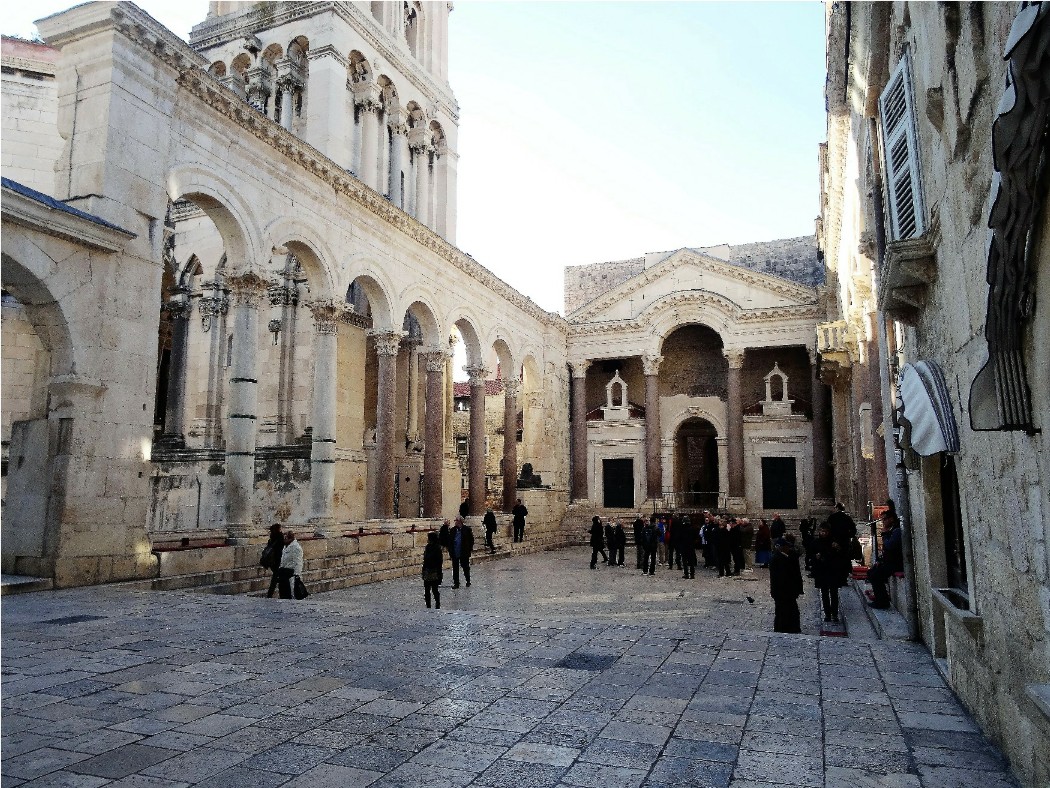
|
|
Diocletian's Palace - Split
After being in power for over 20 years, the Roman Emperor Diocletian relinquished the throne to the Roman Empire and, in 305, at the age of 60, settled in what is now Split, Croatia building a palace and military barracks that today forms part of the centre of the city of Split. In this talk, Ron looks at the life of Diocletian and at the palace he built and takes the audience around the buildings today and back in time to see what it would have looked like then. LEARN MORE |
Turkey
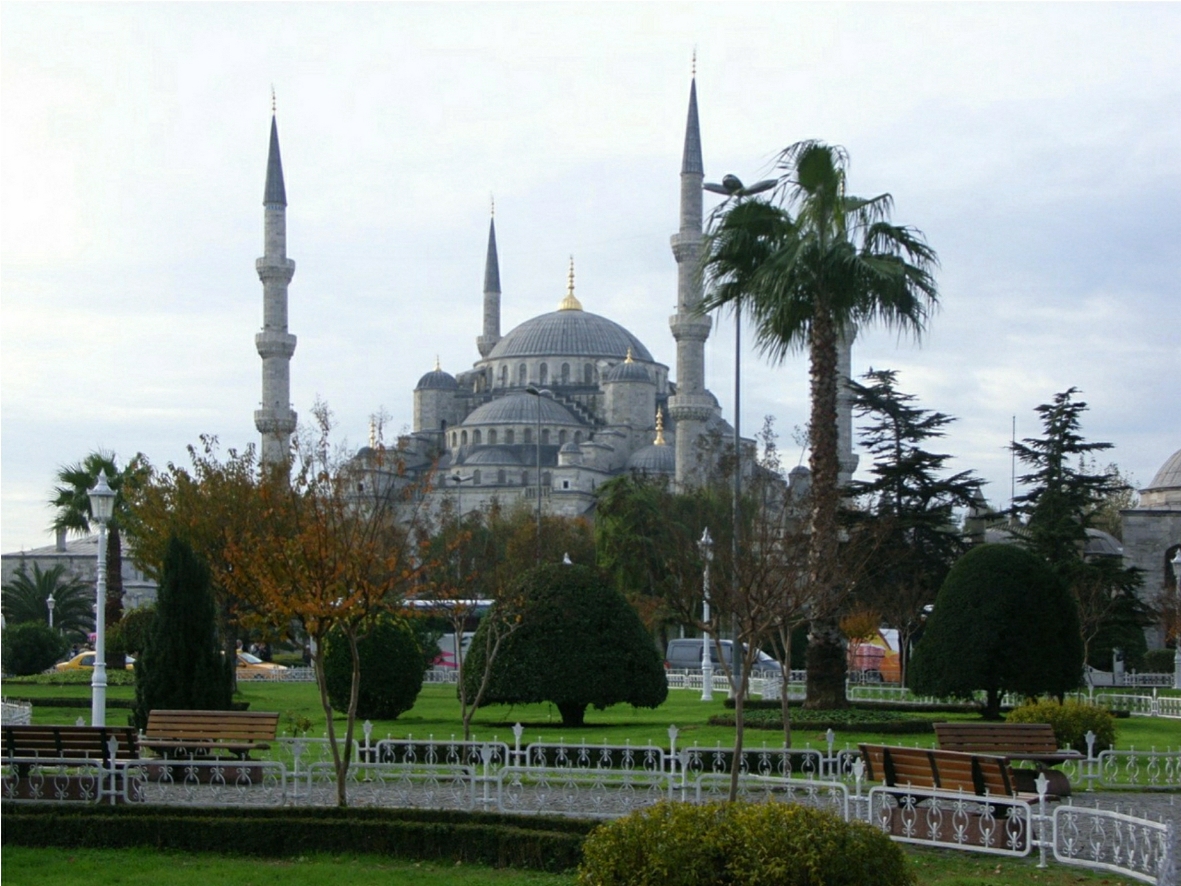 |
|
Blue Mosque - Istanbul
Built between 1609 and 1616 it incorporates Byzantine and traditional Islamic architecture. Still a functional building it has a capacity of approximately 10,000 people. In this talk, Ron traces its history and looks at the elements of the architecture. LEARN MORE
|
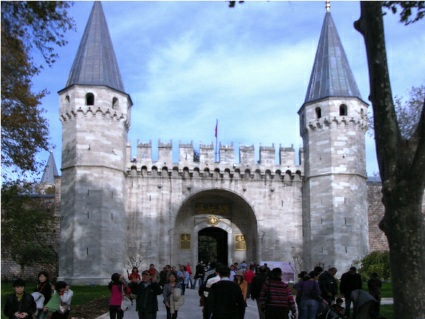 |
|
Topkapi Palace - Istanbul
Constructed in 1459 after the defeat of Byzantine Constantinople it was the official residence of the Ottoman Sultans from 1465 to 1853. At the height of the Ottoman Empire, it accommodated 4,000 people. Ron’s talk looks at the palace and the empire which was responsible for its development. LEARN MORE
|
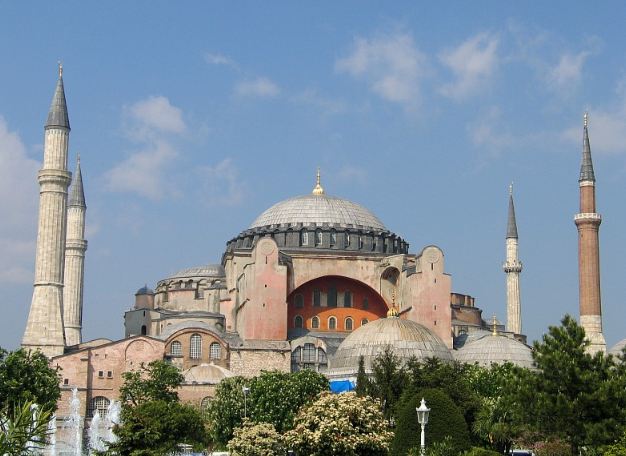 |
|
Hagia Sophia - Istanbul
Originally constructed between 532 and 537 AD as a church for the Byzantine Emperor Justinian. In 1453 it was converted to a mosque when Constantinople was conquered by the Ottoman Turks. It remained as a mosque until 1935 when it became a museum. In this talk, Ron looks at its history and at the building and exhibits. LEARN MORE
|
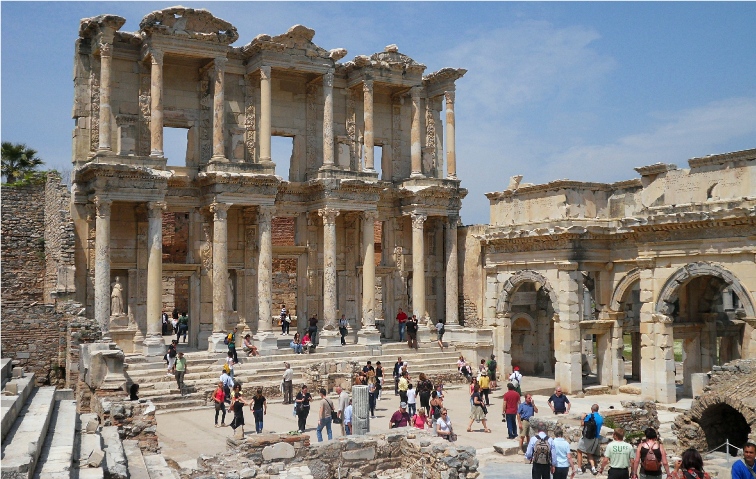 |
|
Ephesus
Its strategic location ensured it thrived as a port and important commercial centre and it played a major role in ancient times, dating back 1000 years BC. One of the ancient wonders of the world was located at Ephesus, the Temple of Artemis, built in 356 BC and the first church dedicated to the Virgin Mary was also there. In this talk, Ron looks at its history and the type of place you would have known if you had lived there at the height of its power. LEARN MORE
|
Malta
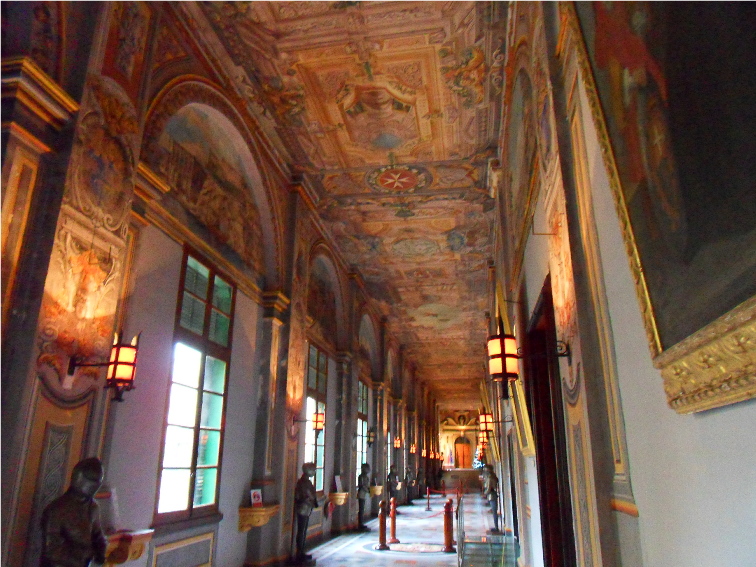 |
|
Grandmasters Palace - Valletta
The Palace in Valletta was built between 1573 and 1578 to serve as the residence of the Grandmaster of the Order of the Knights of St John: Something that it was to do for more than 200 years. The palace is now the Presidential Office and houses Malta's Parliament but is also a museum open to visitors. Housing one of the World’s finest collections of arms and armour, it contains exquisitely furnished Grand Masters apartments. In this talk, Ron conducts a virtual tour of the Palace looking at the rooms and explaining its history. LEARN MORE |
|
 |
| |
 |
|







